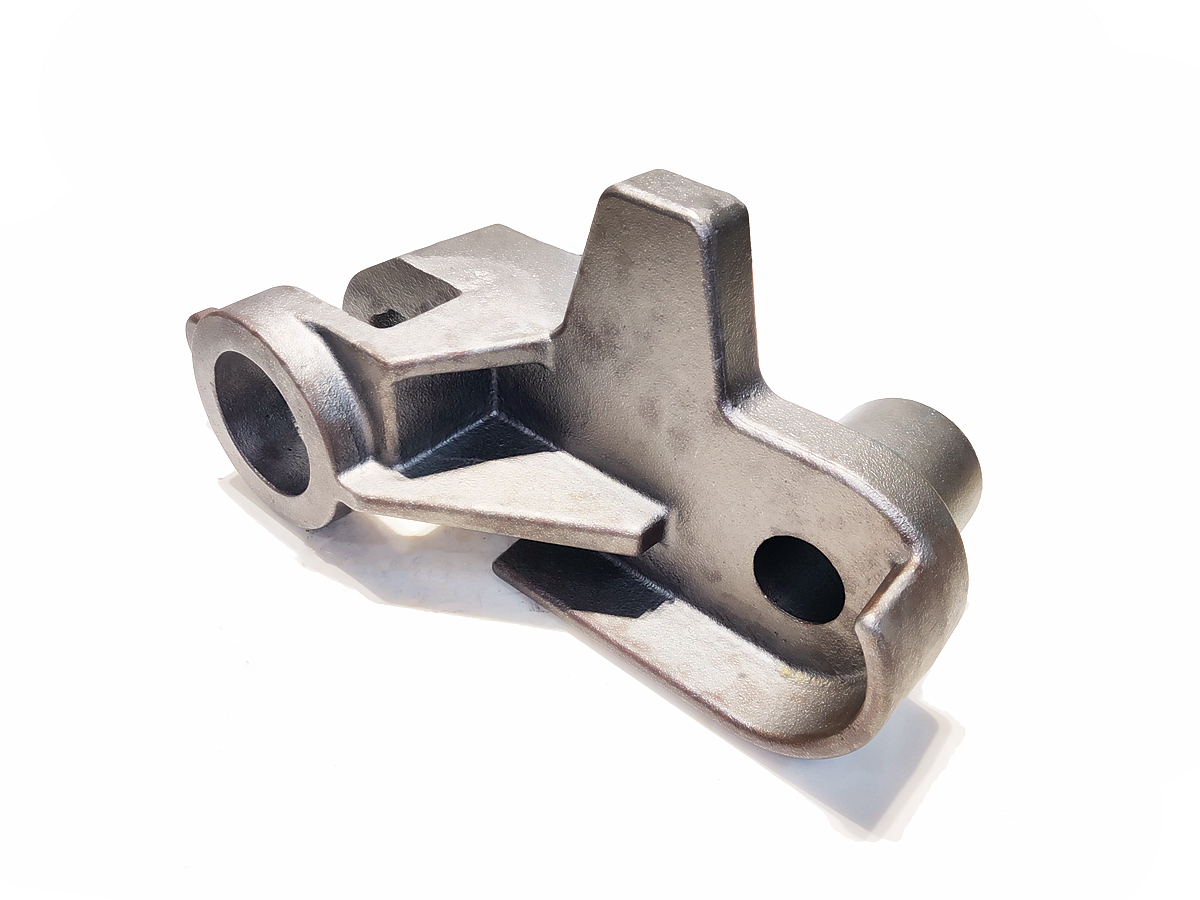Strengthening Structural Parts: How Sand Casting Powers Wind and Solar Infrastructure
Introduction
In the renewable energy sector, structural components for wind turbines and solar infrastructure must be durable, efficient, and capable of withstanding harsh environmental conditions. Sand casting is a crucial manufacturing process for creating robust structural parts that support these energy systems. By producing strong, reliable, and cost-effective parts, sand casting ensures long-term performance and resilience in the renewable energy industry.
Sand casting's flexibility allows for manufacturing complex designs and large-scale components essential for wind and solar projects. This adaptability helps meet the growing demands of the renewable sector, where durability and precision directly influence energy generation efficiency and operational stability.
Why Sand Casting is Ideal for Wind and Solar Structural Components
Renewable energy infrastructure frequently operates under extreme environmental conditions, including high winds, fluctuating temperatures, and exposure to corrosion. Therefore, structural parts must offer high durability, reliability, and corrosion resistance. Sand casting meets these requirements, producing sturdy, long-lasting components that endure the rigorous demands of wind and solar installations.
Additionally, sand casting allows engineers considerable freedom to customize designs. Complex geometries and precise dimensional control are achievable with minimal tooling costs compared to alternative methods, making it particularly suitable for structural components in renewable energy projects.
Key Materials Used in Sand Casting for Structural Parts
Material selection directly influences structural parts' strength, durability, and overall effectiveness. Common materials utilized in sand casting for wind and solar applications include:
Carbon Steel: Offers excellent tensile strength (approximately 400–750 MPa), toughness, and affordability, ideal for large structural frameworks.
Stainless Steel: Highly corrosion-resistant and durable, stainless steel provides structural integrity under harsh weather conditions, with tensile strength reaching up to 1,100 MPa.
Aluminum Alloys: Lightweight yet strong aluminum alloys (such as A356, with tensile strengths around 230–300 MPa) facilitate easier handling and installation without compromising structural integrity.
Nickel-Based Alloys: Highly resistant to corrosion and oxidation, nickel alloys are excellent for components exposed to marine environments or extreme temperatures, exhibiting hardness values above 300 HV.
Each of these materials enhances wind and solar infrastructure components' overall performance, longevity, and safety.
Surface Treatments Enhancing Structural Components’ Performance
Structural components often require surface treatments further to improve their corrosion resistance, durability, and lifespan. Key surface treatments commonly used include:
Galvanizing: A zinc coating offering superior corrosion protection, essential for outdoor installations.
Painting: Provides additional environmental protection and aesthetic appeal, forming a barrier against moisture and contaminants.
Phosphating: Prepares metal surfaces, increasing corrosion resistance and ensuring improved adhesion of subsequent coatings.
Powder Coating: A highly durable protective finish that resists scratches, fading, and corrosion, enhancing component longevity.
Such treatments significantly contribute to renewable energy infrastructure's structural integrity and reliability.
Advantages of Sand Casting for Structural Parts in Renewable Energy
Sand casting provides numerous benefits that make it highly advantageous for renewable energy projects, including:
Design Flexibility: Complex shapes, large components, and detailed features are achievable without expensive tooling.
Cost-Effectiveness: Lower initial investment than other casting methods makes it ideal for prototypes and mass production.
Material Versatility: Can cast various metals, allowing manufacturers to optimize material selection for specific performance demands.
Scalability: Easily adaptable from small-scale prototyping to high-volume manufacturing, reducing lead times and supporting rapid development in renewable energy markets.
Durability and Reliability: Produces robust parts capable of withstanding the harsh environmental conditions typical of wind and solar installations, thereby extending infrastructure life spans.
Considerations in Production of Sand-Cast Structural Components
While sand casting offers significant advantages, careful attention is required in several areas to ensure the highest quality and performance of structural components:
Material Selection: Accurate identification and selection of materials suited to environmental conditions and mechanical demands of wind or solar infrastructure is critical.
Mold Design: Precise mold construction ensures dimensional accuracy, preventing defects like porosity, shrinkage, or distortion in finished components.
Process Control: Close monitoring of metal pouring temperature, cooling rates, and environmental conditions is crucial to maintaining structural integrity and consistency across multiple components.
Quality Inspection: Regular testing through nondestructive methods such as ultrasonic testing or X-ray inspection ensures structural reliability and detects hidden defects before installation.
Surface Treatment: Selecting and correctly applying appropriate surface finishes to enhance durability, prevent corrosion, and improve environmental resistance requires careful consideration.
Applications of Sand-Cast Structural Components in Wind Energy
Wind turbines rely on robust and precise structural components to perform optimally under heavy mechanical loads and harsh environmental conditions. Common sand-cast components for wind energy include:
Rotor Hubs: Support the turbine blades, enduring heavy mechanical stresses.
Gearbox Casings: House critical components requiring exceptional strength and dimensional accuracy.
Base Frames and Supports: Provide structural stability for large turbine installations.
Sand-Cast Components for Solar Energy Infrastructure
Sand casting is also essential in manufacturing components vital to solar infrastructure. Examples include:
Structural Frames and Supports: Durable, corrosion-resistant parts designed to support photovoltaic panels securely.
Mounting Brackets: Precision-engineered components ensure solar arrays' stability and optimal angle.
Tracker Components: Robust mechanical parts that help solar panels track the sun’s path to maximize efficiency.
Industries Benefiting from Sand Casting in Renewable Energy Infrastructure
Sand casting's advantages extend broadly across renewable energy industries, including:
Wind Energy: Ensuring robust turbine construction and longevity.
Solar Power: Enhancing the durability and reliability of solar installations.
Hydropower: Producing corrosion-resistant structural components critical to consistent power generation.
Offshore Renewable Energy: Supplying components with exceptional corrosion resistance and structural integrity for offshore wind and tidal installations.
Conclusion
Sand casting significantly strengthens structural parts for wind and solar infrastructure by offering unparalleled versatility, durability, and cost-effectiveness. As renewable energy expands globally, the continued reliance on sand casting will remain essential in meeting the demanding requirements of structural components.
Related FAQs:
What makes sand casting suitable for renewable energy components?
Which materials are most commonly used in sand-cast wind and solar components?
How do surface treatments enhance the durability of structural parts?
What specific wind energy components benefit most from sand casting?
Why is corrosion resistance critical in renewable energy infrastructure?

